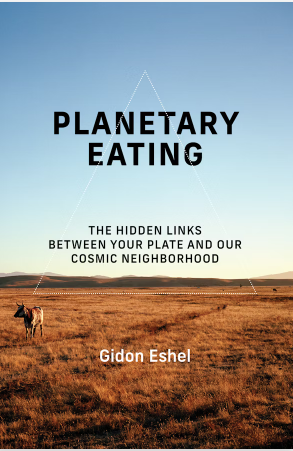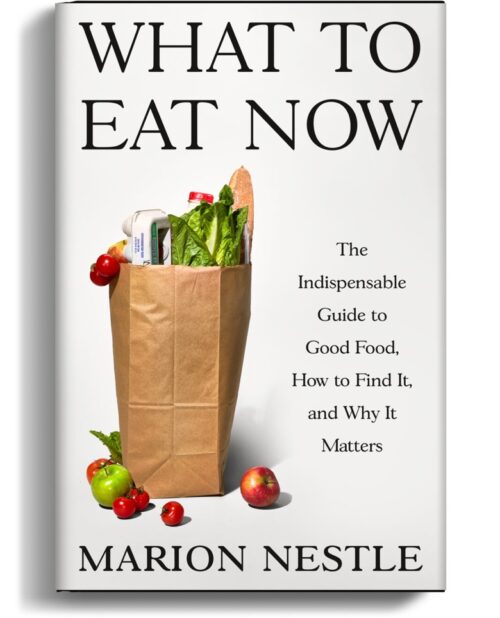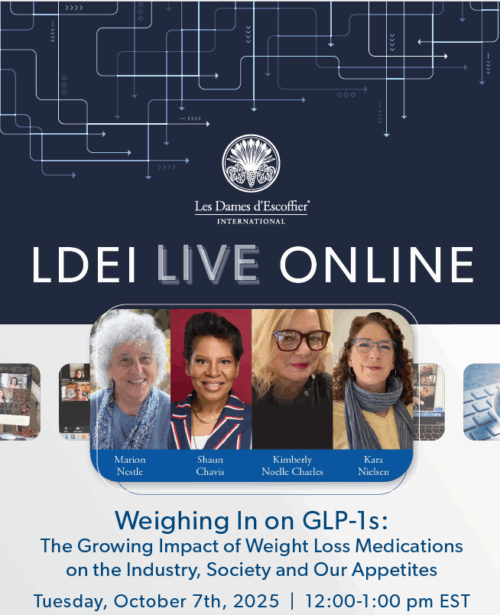Texas Governor Greg Abbott has signed a bill authorizing warning labels on food products containing one or more of a long list of chemical additives (see way below).
WARNING: This product contains an ingredient that is not recommended for human consumption by the appropriate authority in Australia, Canada, the European Union, or the United Kingdom.
What’s stunning about the list is the number of food products likely to be affected. The list includes the usual color additives, but also bleached and brominated flour, BHA and BHT, DATEM, Olestra, partially hydrogenated oil, and potassium bromate and iodate. Lots of foods contain these additives.
What’s also stunning is how far this law goes beyond California’s law prohibiting red dye No. 3, and West Virginia’s law restricting seven dyes in schools.
Food companies cannot formulate products for individual states. They will have to get rid of these chemicals to sell in Texas.
Or they will have to lobby for a less restrictive federal law preempting state laws.
Companies promising to get rid of food dyes
JM Smucker Kraft Heinz Danone North America
Nestlé USA General Mills Treehouse Foods
Conagra Brands, Inc PepsiCo Tyson Foods
What others say about this
Washington Post
The new mandate will set off a scramble within the food industry, which must decide whether to reformulate its products to avoid warning labels, add the newly mandated language, stop selling certain products in Texas or file lawsuits against the measure.
Stat News
There are, however, a couple of important caveats. The requirement applies only to food product labels developed or copyrighted in or after 2027. The rule would also be preempted if the federal government introduces its own regulations about labeling ultra-processed foods.
Researcher Kevin Klatt
Much of the bill builds on the personal empowerment /individual failing approach to health without really doing any serious analysis of systemic issues. No policies or funding to increase fruit/veg/whole grains etc in school lunch, no review of ingredient safety assessment systems to ensure additives are safer, no addressing lack of insurance coverage for nutrition counseling by trained providers like RDs, etc etc.
|
(1) acetylated esters of mono- and diglycerides |
|
(acetic acid ester); |
|
(2) anisole; |
|
(3) azodicarbonamide (ADA); |
|
(4) butylated hydroxyanisole (BHA); |
|
(5) butylated hydroxytoluene (BHT); |
|
(6) bleached flour; |
|
(7) blue 1 (CAS 3844-45-9); |
|
(8) blue 2 (CAS 860-22-0); |
|
(9) bromated flour; |
|
(10) calcium bromate; |
|
(11) canthaxanthin; |
|
(12) certified food colors by the United States Food |
|
and Drug Administration; |
|
(13) citrus red 2 (CAS 6358-53-8); |
|
(14) diacetyl; |
|
(15) diacetyl tartaric and fatty acid esters of mono- |
|
and diglycerides (DATEM); |
|
(16) dimethylamylamine (DMAA); |
|
(17) dioctyl sodium sulfosuccinate (DSS); |
|
(18) ficin; |
|
(19) green 3 (CAS 2353-45-9); |
|
(20) interesterified palm oil; |
|
(21) interesterified soybean oil; |
|
(22) lactylated fatty acid esters of glycerol and |
|
propylene glycol; |
|
(23) lye; |
|
(24) morpholine; |
|
(25) olestra; |
|
(26) partially hydrogenated oil (PHO); |
|
(27) potassium aluminum sulfate; |
|
(28) potassium bromate; |
|
(29) potassium iodate; |
|
(30) propylene oxide; |
|
(31) propylparaben; |
|
(32) red 3 (CAS 16423-68-0); |
|
(33) red 4 (CAS 4548-53-2); |
|
(34) red 40 (CAS 25956-17-6); |
|
(35) sodium aluminum sulfate; |
|
(36) sodium lauryl sulfate; |
|
(37) sodium stearyl fumarate; |
|
(38) stearyl tartrate; |
|
(39) synthetic trans fatty acid; |
|
(40) thiodipropionic acid; |
|
(41) titanium dioxide; |
|
(42) toluene; |
|
(43) yellow 5 (CAS 1934-21-0); and |
|
(44) yellow 6 (CAS 2783-94-0). |



